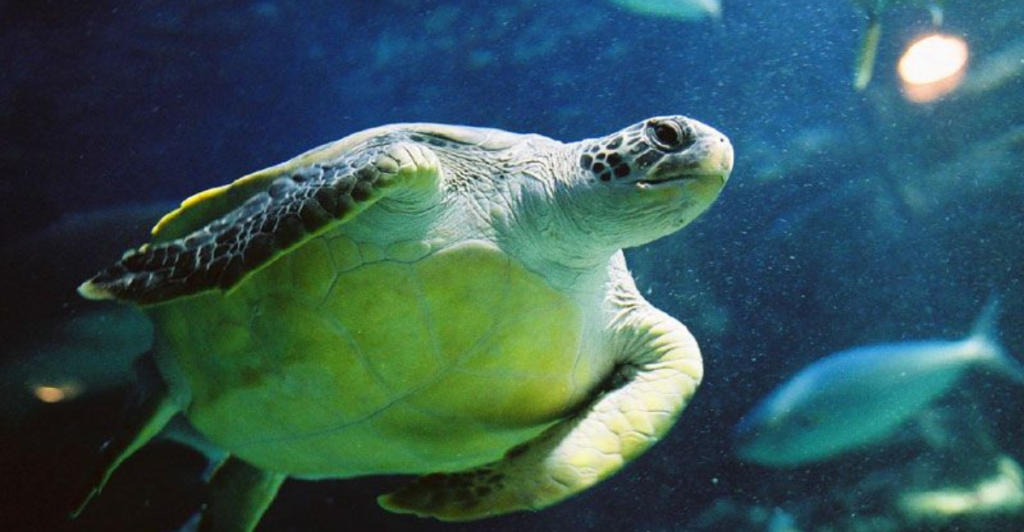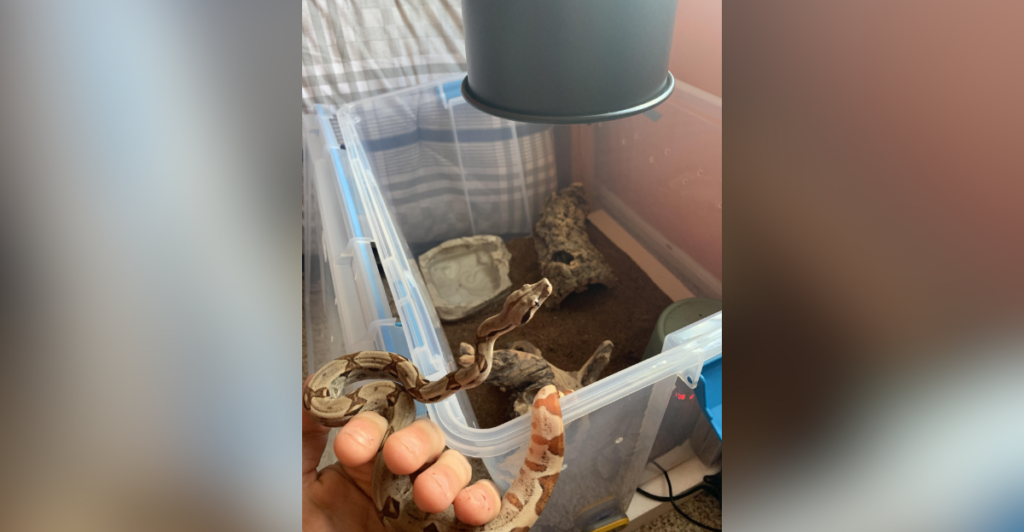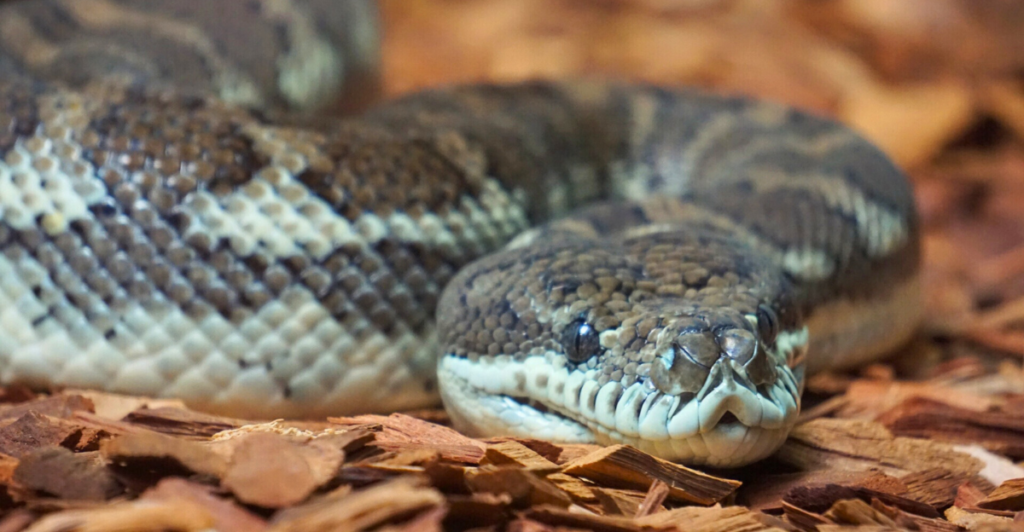
Despite technological advances and urban sprawl, nature still holds awe-inspiring giants, especially in the reptile world. From immense alligators lurking in southern swamps to enormous snakes and turtles, these creatures command respect. Using 2024 statistics and expert insight, here are the five largest reptiles still dominating the wilds of the United States and what we can do to conserve them.
1. American Alligator

The American alligator (Alligator mississippiensis) is perhaps the most iconic reptile in the United States, and for good reason. Found across the southeastern U.S., particularly in Florida and Louisiana, alligators can grow to staggering sizes. In 2024, wildlife experts recorded the largest alligator to date, measuring an astounding 14 feet 4 inches and weighing over 1,000 pounds. This record-breaking giant was discovered in Florida’s Lake Okeechobee, a hotspot for the species.
The Biggest Of Them All

Alligators are apex predators, vital for maintaining ecosystem balance. They control populations of fish, birds, and smaller mammals, ensuring habitats like wetlands remain healthy. Despite their intimidating presence, alligator populations have rebounded impressively since the 1960s, when they were endangered due to hunting and habitat loss. Conservation programs and strict regulations have brought them back to flourishing numbers, with an estimated 5 million alligators now thriving in the U.S.
2. Green Sea Turtle

The green sea turtle (Chelonia mydas) is a marine reptile that graces U.S. coastal waters, particularly in Florida, Hawaii, and the Gulf of Mexico. Though typically associated with tropical waters, green sea turtles can be found nesting on U.S. beaches and foraging in seagrass beds. The largest green sea turtle recorded in 2024 weighed 420 pounds with a shell length of 5 feet, discovered off the coast of Hawaii.
Green sea turtles play a critical role in marine ecosystems by maintaining seagrass beds and coral reefs. Unfortunately, they remain endangered, facing threats from pollution, boat strikes, and habitat destruction. Despite ongoing challenges, conservation initiatives like protected nesting sites and the reduction of plastic pollution have helped stabilize their numbers.
3. Eastern Indigo Snake

The eastern indigo snake (Drymarchon couperi) is the largest nonvenomous snake in the United States, known for its glossy black scales and impressive size. In 2024, herpetologists documented a 9-foot-long eastern indigo snake in Georgia’s Okefenokee National Wildlife Refuge, setting a new length record for the species. These snakes are primarily found in the southeastern U.S., particularly in pine forests and wetlands.
Eastern indigos are essential predators, keeping populations of venomous snakes, rodents, and other small animals in check. However, habitat loss and fragmentation have made them a federally threatened species. Conservationists are working tirelessly to restore longleaf pine ecosystems, which serve as the indigo snake’s primary habitat, and captive breeding programs are reintroducing them into the wild.
4. Gopher Tortoise

The gopher tortoise (Gopherus polyphemus) is a cornerstone species of the southeastern U.S. These sturdy, burrowing reptiles are found in states like Florida, Georgia, and Alabama. The largest gopher tortoise recorded in 2024 weighed 35 pounds and measured 16 inches long, discovered in a protected conservation site in Florida.
What makes the gopher tortoise remarkable is its ability to engineer its ecosystem. Their deep burrows provide shelter to over 350 other species, including insects, amphibians, and mammals, earning them the nickname “keystone species.” Unfortunately, gopher tortoise populations have declined due to habitat destruction, development, and road mortality. To save these reptiles, conservationists are pushing for stronger protections, land preservation, and public education on the importance of tortoise burrows.
5. Burmese Python

While not native to the United States, the Burmese python (Python bivittatus) has become an invasive giant dominating Florida’s Everglades. These snakes can reach enormous lengths, and in 2024, a record-breaking Burmese python was captured measuring 20 feet 1 inch and weighing 245 pounds. This alarming find highlights the continuing threat these non-native reptiles pose to native wildlife.
The Longest Reptile

Burmese pythons were originally brought to the U.S. as exotic pets but were either released or escaped into the wild. Now firmly established in the Everglades, they have wreaked havoc on native populations of mammals, birds, and reptiles, including the American alligator. Wildlife agencies have ramped up removal efforts in 2024, hosting python hunts, educating the public on invasive species, and conducting research on potential biological control methods.
The Importance of Reptile Conservation

Reptiles play a pivotal role in ecosystems as predators, prey, and habitat engineers. Yet, many species face significant threats, including habitat destruction, climate change, pollution, and invasive species. To ensure the survival of these remarkable creatures, conservation efforts must focus on habitat preservation, stricter protections, and public awareness campaigns.
Land preservation is particularly vital. Protecting wetlands, forests, and coastal areas ensures that reptiles like alligators, tortoises, and sea turtles have the space they need to thrive. Additionally, reducing plastic waste can significantly benefit marine reptiles like sea turtles, which often mistake plastic for food.
How to Help Conserve Nature

The most practical way is to support protected areas. National parks, wildlife refuges, and conservation lands provide safe habitats for reptiles. Supporting organizations that fund these areas ensures continued protection.
Another important act is to reduce plastic use. Rather opt for reusable bags, bottles, and containers to minimize pollution that harms marine wildlife.
Play Your Part

It is important to participate in Citizen Science Programs like the Florida Python Challenge allow citizens to actively assist in removing invasive species. Many reptile lovers help to educate and advocate protection of them. Teaching future generations about the importance of reptiles and biodiversity builds a foundation for lasting conservation. There has to be support legislation in place. This is to advocate for policies that protect endangered species, fund conservation programs, and combat climate change.
A Wild Future Worth Protecting

The United States is home to some of the most fascinating and enormous reptiles in the world. From the mighty alligator to the gopher tortoise and the invasive Burmese python, these creatures showcase nature’s power and diversity. While many species have rebounded through dedicated conservation efforts, others continue to face steep challenges.
As stewards of the environment, it is our responsibility to safeguard these reptiles and the ecosystems they inhabit. By supporting conservation initiatives, educating ourselves and others, and taking action to reduce human impact, we can ensure these giants continue to rule the wilds of the United States for generations to come.
The Next Age

The reptiles dominating America’s wild spaces remind us of the importance of respecting nature’s delicate balance. Whether it’s the silent glide of an alligator, the slow burrow of a gopher tortoise, or the dangerous spread of an invasive python, each reptile tells a story of survival, resilience, and coexistence. By prioritizing conservation, we not only protect these fascinating creatures but also preserve the ecosystems that sustain us all.
Stay connected with us for more stories like this! Follow us to get the latest updates or hit the Follow button at the top of this article, and let us know what you think by leaving your feedback below. We’d love to hear from you!







